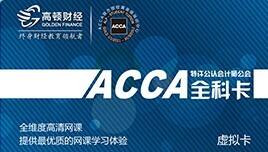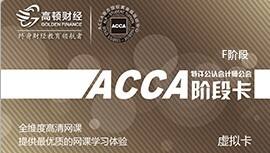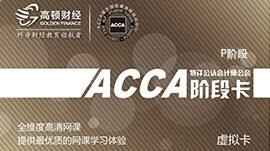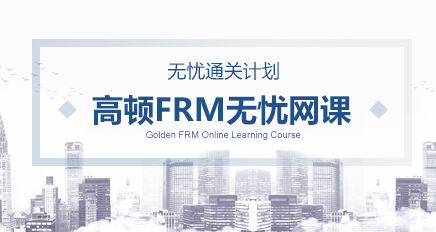高顿名师解析2013年ACCA考试F5业绩管理知识点3
Target costing
Relevant to paper F5
Target costing is one of the key costing methods in F5 performance measurement and in modern business environment.
As a totally new product and its industry develop, it starts to compete based on its new technology, concept, and/or service. Competitors emerge and the basis for competition evolves to other areas such as cycle time, quality, or reliability. As an industry becomes mature, the basis of competition typically moves to price. Profit margins shrink. Companies begin focusing on cost reduction. However, the cost structure for existing products is largely locked in and cost reduction activities have limited impact. As companies begin to realize that the majority of a product's costs are committed based on decisions made during the development of a product, the focus shifts to actions that can be taken during the product development phase.
Target costing describes the costs that are expected to be incurred, to create a new product and how this will impact product profitability levels. By describing costs in a proactive and future-oriented manner, managers can determine how they should alter product designs before they enter the manufacturing process in order to ensure that the company earns a reasonable profit on all new products.
Methodology
Under the target costing methodology, a cost accountant is assigned to a new product design team, and asked to continually compile the projected cost of a product as it moves through the design process. Managers will use this information not only to make product alterations, but also to drop a product design if it cannot meet its cost targets.
There are four basic steps involved in target costing, which are Design and value research, Determine the target cost, Close cost gap and Follow-on activities. This article is going to focus on the first step and describe in detail as it is the most crucial step of the whole methodology.

Here are some of the decisions, made at the design stage, which can affect the cost of a product:
¤ The features of the product
¤ How to avoid ‘over design’
¤ The number of components needed
¤ Whether the components are standard or specialized
¤ The complexity of machining and construction
¤ Where the product can be made
¤ What to make in-house and what to sub-contract
¤ The quality of the product
¤ The batch size in which the product can be made.
Prepared by Golden ACCA R&D Center
April, 2012

相关阅读
高顿名师解析2013年ACCA考试F5业绩管理知识点22013/02/18
高顿名师解析2013年ACCA考试F5业绩管理知识点2013/02/18
高顿名师解析2013年ACCA考试F7/P2知识点22013/01/18

















